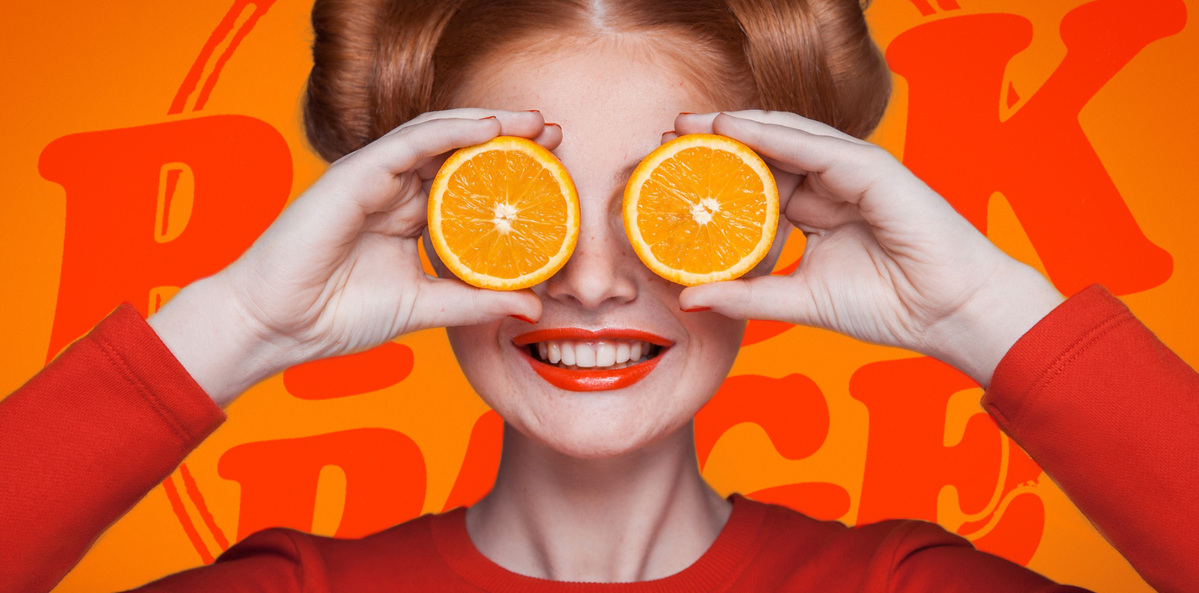Fussy about food? You could be harbouring the ingredients of some colourful health problems.
No one likes a fussy eater.
Pity the poor parent, trying to coax some spinach and carrot puree down their one-year-old’s throat. Or the unfortunate one who takes their beloved to a vegan restaurant only to discover they’re a card-carrying carnivore.
Apparently, during their lifetime, a picky eater will generally consume fewer than 20 different food items.
New research has found that it’s not just the food – even the bowl it’s served in can rub such characters up the wrong way. And they risk doing themselves some real damage, besides annoying those around them.
“Picky eating is characterised by a limited intake and avoidance of foods which can increase health risks, including nutritional deficiencies,” wrote Dr Lorenzo Dante Stafford from Portsmouth University’s psychology department, in a paper published last week in Food Quality and Preference.
Dr Stafford also noted the social costs of being a picky eater.
“Normally enjoyable moments between family members can easily turn into stressful, anxious, and conflict-causing situations when picky eaters feel ashamed or pressured to eat food,” he wrote.
“It is therefore important to understand the factors that act to ‘push and pull’ such picky eating behaviour. Previous research has demonstrated that the smell and texture of food can affect taste perception in picky eaters, but little is known about other multisensory attributes.”
To figure out whether crockery colour was a factor, the researchers signed up 50 people, measured their food “neophobia”, i.e. their reluctance to eat or try new food, and categorised them as picky or non-picky.
The subjects completed a taste sensitivity test followed by a food-tasting task, in which they ate the same snack served in red, white and blue bowls.
Surprise, surprise! Bowl colour mattered not a jot to the non-picky, whereas the fussy foodies rated the snack saltier in the red and blue bowls. They also found the food in the red bowl the least desirable.
Now the effects of smell, texture and colour on taste have been explored, the Back Page looks forward to some research on the effect of sound – the crunch of a slice of toast, the sizzle of a stir-fry – on how you savour your repast.
Send your list of dietary requirements to penny@medicalrepublic.com.au.


